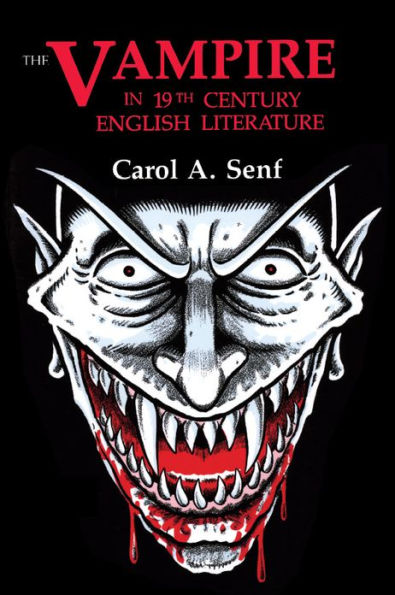The Vampire in Nineteenth Century English Literature
Carol A. Senf traces the vampire’s evolution from folklore to twentieth-century popular culture and explains why this creature became such an important metaphor in Victorian England. This bloodsucker who had stalked the folklore of almost every culture became the property of serious artists and thinkers in Victorian England, including Charlotte and Emily Brontë, George Eliot, Charles Dickens, Karl Marx, and Friedrich Engels. People who did not believe in the existence of vampires nonetheless saw numerous metaphoric possibilities in a creature from the past that exerted pressure on the present and was often threatening because of its sexuality.
"1100197041"
The Vampire in Nineteenth Century English Literature
Carol A. Senf traces the vampire’s evolution from folklore to twentieth-century popular culture and explains why this creature became such an important metaphor in Victorian England. This bloodsucker who had stalked the folklore of almost every culture became the property of serious artists and thinkers in Victorian England, including Charlotte and Emily Brontë, George Eliot, Charles Dickens, Karl Marx, and Friedrich Engels. People who did not believe in the existence of vampires nonetheless saw numerous metaphoric possibilities in a creature from the past that exerted pressure on the present and was often threatening because of its sexuality.
11.49
In Stock
5
1

The Vampire in Nineteenth Century English Literature
212
The Vampire in Nineteenth Century English Literature
212
11.49
In Stock

Product Details
| ISBN-13: | 9780299263836 |
|---|---|
| Publisher: | University of Wisconsin Press |
| Publication date: | 02/01/2013 |
| Sold by: | Barnes & Noble |
| Format: | eBook |
| Pages: | 212 |
| Lexile: | 1520L (what's this?) |
| File size: | 451 KB |
From the B&N Reads Blog
